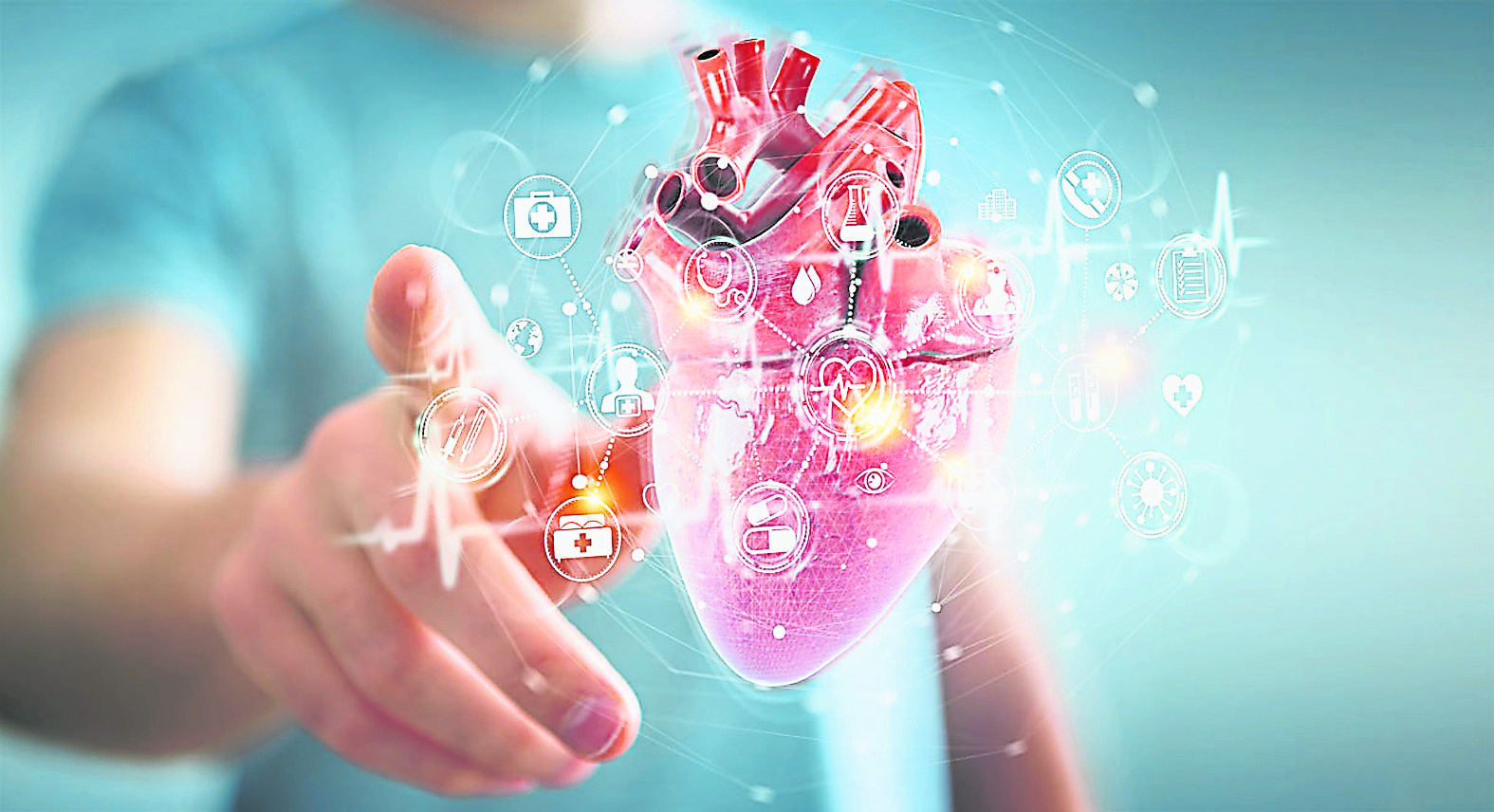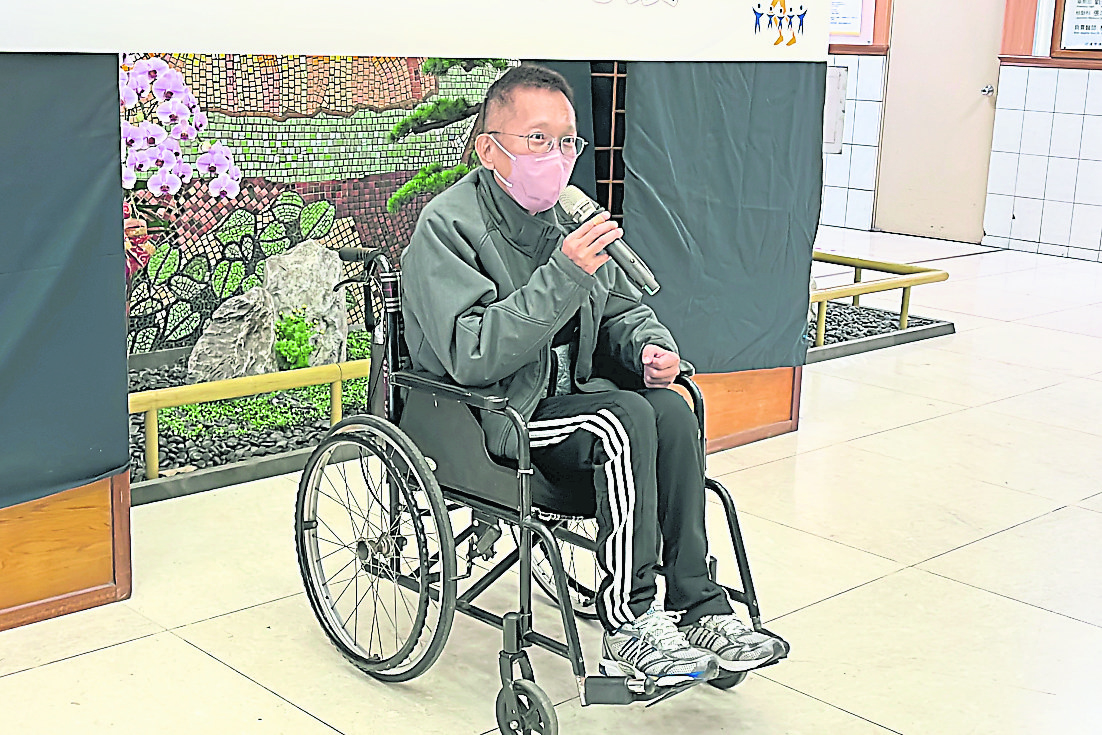95% fast recovery rate, catheter ablation to treat heart palpitations
[ad_1]
(Kuala Lumpur) The heart is made up of billions of cells, and these cells have a “unique” ability to conduct electricity, the so-called automaticity of the heart. In simple terms, automaticity refers to the property of cardiomyocytes to generate spontaneous action potentials.
Every cell in the heart produces electricity
Dato Dr Razali Omar, consultant cardiologist and cardiac electrophysiologist, pointed out that other organs in the human body do not have the function of generating electricity like the heart. For example, if the brain is removed from the head, the human brain will die; or When an arm is amputated, the arm loses its function. However, if the heart is taken out of the body, it will still beat normally, precisely because the heart itself is like a generator set, providing electrical conduction.
Just like a heart transplant operation, when the heart is taken out and reimplanted into another human body, it is still jumping and jumping, and there is no need to connect nerves during the process, as long as the arteries are connected, this is all due to the self-discipline of the heart.
So, how does the heart function operate?
“Its function begins at the Sinoatrial (SA) node.
The sinoatrial node will fire a certain amount of ‘firepower’ every minute,
Let’s say 60 beats per minute,
And the ‘information’ it emits will pass through every cell,
It’s like your heart beats 60 times a minute. “
“The electrical conduction of the heart is generally methodical in operation. As mentioned above, every cell in the heart can generate electricity, and these currents pass through a specific conduction system, such as passing through an electric highway, and the current flows from the upper right atrium. Transmitted to the left atrium, very fast.”
Occasionally, however, during the delivery of the current, a group of cells may suddenly “fire” and malfunction, he points out.
Excessive ectopic beats are life threatening
When the current passes through the atrioventricular node, the delivery is delayed so that the heart can pump blood in time; then, the current is passed through the entire ventricle, and the atrium and ventricle contract synchronously; however, if the two do not operate synchronously, the atrium The ventricles and ventricles will pump blood at the same time, and the passage of blood will lose direction at this time.
In short, a group of “miracle” cells do not follow the instructions, resulting in the occurrence of ventricular ectopic (ventricular ectopic) or premature ventricular contraction (referred to as premature ventricular contraction, PVC).
He explained that this group of “weird” cells occurs in the atrium, which is atrial ectopic; if it is in the ventricle, it is ventricular ectopic.
When PVC occurs, the heart will experience several abnormal beating situations, such as the heart beats straight or suddenly, the heart beats or misses beats, and the patient himself can feel his heartbeat more clearly.
Ectopic beats are actually quite common, everyone will face this problem, especially when we face stress, drink too much coffee, consume too much alcohol, lack of sleep, ectopic beats are all normal.
But if too many ectopic beats occur, it is not good.
Excessive ectopic beats can have a major impact as it can be life threatening, especially in patients with ectopic ventricles. Therefore, doctors must make an assessment, such as whether the patient is at risk of cardiac arrest or sudden death.
Why is ventricular ectopy life-threatening?
The real reason, he said, is not the ectopic beat, but whether the patient has a healthy heart. If the heart function or structure is abnormal, such as heart attack, heart failure, cardiomyopathy, high blood pressure and other heart problems, there will be a risk of cardiac arrest.

Electrocardiogram detects many diseases
Most of the time, when there is a heart problem, there will be quite obvious symptoms, but most premature ventricles are not easy to be detected. It can even be said that the disease has no symptoms at all, and this situation is actually quite dangerous.
He revealed that there was a patient who had an abnormal heartbeat of up to 30,000 times a day, but he had no symptoms at all, and some patients were sent to the hospital until heart failure was severe.
As for how to diagnose PVC?
Doctors would start with an electrocardiogram (ECG), he said. From the electrocardiogram, we can detect whether the patient suffers from heart disease, such as long QT syndrome (Long QT syndrome), short QT syndrome (Short QT syndrome), Gerda syndrome (Brugada syndrome), left cardiomyocyte hypertrophy ( hypertrophy), etc., and then give the patient an ultrasound examination.
“From this test, it can be detected whether there is a history of heart failure, myocardial infarction, cardiomyocyte hypertrophy or heart attack.”
“After the above two examinations are normal, those who face the problem of ectopic pulsation will not be in danger of life.”
“In addition to the above two tests, blockage and ectopic pulsation can also be detected by cardiac stress test. Usually ectopic pulsation will disappear when the patient is running and appear after stopping, which is common Ectopic beat.”
Another is called exercise-induced ventricular ectopic, and the more the patient runs, the more obvious the symptoms of ectopic beats are.
Blood test is also one of the inspection items to detect whether the ectopic beat is caused by other diseases, such as thyroid.

It is dangerous to have a heartbeat of more than 10,000 times a day. Carry an instrument for monitoring
In order to obtain more accurate results, a portable Holter monitor (Holter monitor) can be used for continuous and long-term monitoring of the patient’s heart activity.
Rachali pointed out that the Holter Holter is a small wearable device that records heart rhythms. Patients only need to carry it with them and stick it on their body to record their heart activity.
If the burden of PVC exceeds 10%, it is excessive heartbeat. For example, the heart of an ordinary person beats about 10,000 times a day. If PVCs occur more than 10,000 times a day, it will be life-threatening.
New monitoring instrument with waterproof function
“When using the old model Hult monitor, the patient must keep dry, it is forbidden to remove the device, and it is forbidden to touch water during the wearing period, such as bathing, swimming, etc. However, with the development of instrument technology, the new type The Hult Monitor is waterproof and bathing will not have any effect or pose a hazard.”
This new type of monitor is disposable, that is, disposable. After the patient uses it for a specified period of time, the medical staff can get the results based on the data of the monitor and determine the treatment plan for PVC.
He said that the monitor can monitor the heart for 24 hours. However, for the sake of safety and to achieve the most accurate diagnosis, patients are generally monitored for at least 7 to 14 days.
“Premature chambers can be benign and safe. However, when I find abnormal or rare conditions during the electrocardiogram and other examinations, I will give the patient a more accurate cardiovascular magnetic resonance imaging (cardiac MRI). Through this A series of tests, such as amyloidosis and sarcoidosis, can detect other diseases, such as amyloidosis and sarcoidosis, to ensure that the patient’s life will not be threatened and life will be troubled, and no medical intervention is required. “
Patient can live as usual after recovery
However, this group of people should have regular checkups and seek medical attention if they feel unwell. If the condition worsens, even if there are no symptoms, treatment is still necessary; for those with an unhealthy heart, treatment should not be delayed, otherwise there is a risk of heart attack and sudden death.
The occurrence of ordinary PVC will not endanger life, that is, if it occurs infrequently, it may not need any treatment. However, if the number of attacks is frequent and the symptoms are particularly obvious, taking receptor blockers (calcium channel blockers) or calcium channel blockers (calcium channel blockers), these drugs can help reduce attacks and allow patients to enjoy a quality life .
The response to drug treatment varies from person to person. Medication is only to suppress the condition, and the patient has to take it for a long time. If the above drugs are ineffective, you can take anti-arrhythmic drugs, such as flecainide and sotalol.
If there is no significant improvement after taking the medicine, he will recommend catheter ablation (catheter ablation). The recovery rate of this program is as high as 95%, and the recovery speed is also very fast.
In catheter ablation surgery, the doctor passes the ablation catheter through the thigh blood vessels to the heart, locates the PVC focus, destroys it with radiofrequency energy, and completes the withdrawal of the catheter. The operation takes about 60 to 90 minutes. Patients can go about their daily lives after recovery.
The recurrence rate of PVCs is less than 5%, because the lesion is located in the most common right ventricular outflow tract (RVOT); if the lesion is in the left ventricular outflow tract (LVOT), the recurrence rate It is slightly higher, about 10%.
Text Chen Qiulei Organized Liang Yingxiu
 52-year-old marathon runner’s myocardial infarction medical care does not give up miracle rebirth
52-year-old marathon runner’s myocardial infarction medical care does not give up miracle rebirth
52-year-old Huang Tinghong participated in the Pacific Rift Valley Marathon last year. He was less than 2 kilometers away from the start when he suddenly suffered a myocardial infarction and fell to the ground. He was rushed to the hospital.
During the period, a cardiac catheter was placed and Yeke membrane was installed for 3 times for rescue. After 103 days of hospitalization, the medical team rescued him from the gate of death.
Huang Tinghong, a 52-year-old marathon runner, loves road running. In addition to domestic large-scale marathons, he has also participated in marathons abroad. His family members think he is in good health.

It’s a miracle to be alive
Unexpectedly, in the Pacific Rift Valley Marathon in October last year, Huang Tinghong, who signed up for the whole marathon, suddenly fell to the ground without breathing and heartbeat when he ran to the first supply station 1.6 kilometers away. Hospital, and then transferred to Hualien Tzu Chi Hospital for cardiac catheterization, the emergency time was at least 90 minutes.
Huang Tinghong recalled that he was in a coma for the first 60 days, and the situation was not optimistic. Fortunately, the medical team and his family did not give up. After waking up, his hands and feet were weak and his body was full of tubes. Standing up again, I am very grateful to the medical team for their assistance. In the future, if my physical condition permits, I will definitely participate in the marathon, “Stand up from wherever you fall.”
Zhu Xinkai, a cardiologist at Tzu Chi Hospital, said that among the three most important coronary arteries in the heart, Huang Tinghong’s two main arteries are 100% blocked, and the third is also 50% blocked, which is very serious. Because of myocardial infarction, sepsis, and respiratory distress, I had three Yeke membranes installed, and seven kinds of antibiotics were used. It is a miracle that I survived.
A reminder that health checks are important
Zhu Xinkai said that as an attending physician for more than ten years, it was the first time that he saw such a stalemate in his condition, and felt very helpless. Once I thought I couldn’t make it through, and as a Buddhist myself, I really prayed to God from the bottom of my heart. Fortunately, the situation is getting better and better, and now I can still walk and work at home.
“He was very lucky. When he fell down, there were professional ambulance personnel on the scene to give high-quality cardiopulmonary resuscitation in time, which greatly increased the chance of waking up.”
Huang Tinghong said that after this dangerous situation, he realized that even if he has the habit of running, his body is not necessarily healthy. He didn’t believe that there was a heart problem at all. He reminded the public that health checks are very important, especially if you have a family medical history, you should go for a detailed checkup.
Pictures and text Wang Sihui
[ad_2]
Source link

![[Love Wants Sexual Happiness Series 358]Find the culprit and overcome psychogenic erectile dysfunction. Don’t let pressure affect your sexual happiness.](https://chinathenews.com/wp-content/uploads/2024/04/171111-780x420.jpg)

![[Wanqingyi Care]My health, my rights, customized medical methods in the last stage of life](https://chinathenews.com/wp-content/uploads/2024/04/ZZ1-100-780x420.jpg)
![[Kidney Transplantation Special Topic]The survival rate of transplanted kidneys is high without dialysis treatment three times a week](https://chinathenews.com/wp-content/uploads/2024/04/1311-780x420.jpg)



